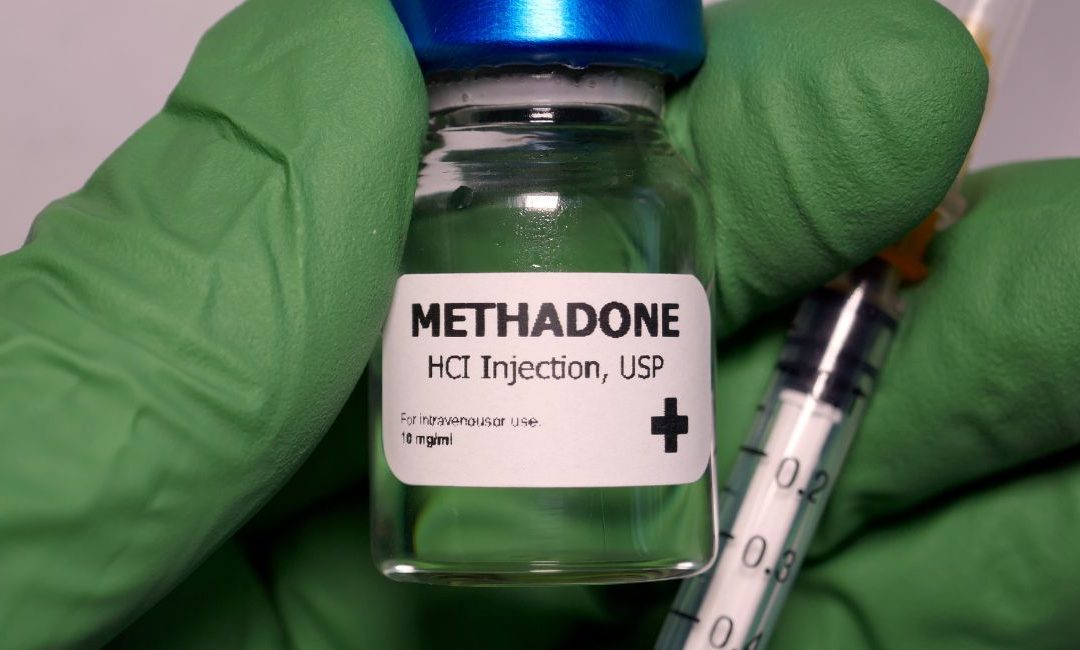The Danger of Deep Vein Thrombosis
The most serious complication of DVT occurs when a part of the clot breaks off and travels through the bloodstream to the lungs, causing a blockage called pulmonary embolism (PE).
If the clot is small, and with appropriate treatment, most individuals can recover from a pulmonary embolism; however, there could be some damage to the lungs. If the clot is large, it can stop blood from reaching the lungs and can unfortunately become fatal.
In addition, one-third to one-half of people who have a DVT will have long-term complications caused by the damage the clot does to the valves in the vein called post-thrombotic syndrome (PTS). People with PTS have symptoms such as swelling, pain, discoloration, and in severe cases, scaling or ulcers in the affected part of the body. In some cases, these symptoms can become severe and disabling to the individual.
For some individuals, a DVT can become a chronic illness and can make the individual more prone for a future DVT.









